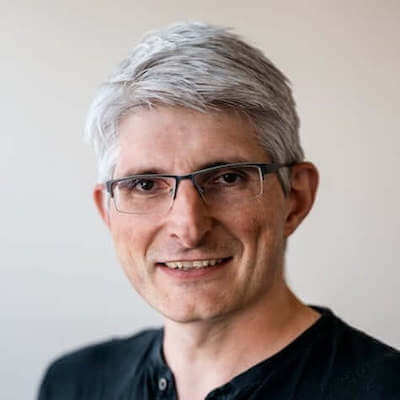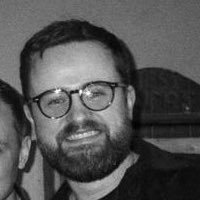Why is data so fragile? It’s a serious problem in life sciences R&D. As soon as it leaves the hands of the scientist who made it, data loses much of the context known only to that very scientist. The value of that data drops off a cliff, never to return. What discoveries or breakthroughs have been lost, down the years, because of this attrition? It doesn’t bear thinking about.
We have, in the past, fought against this problem by placing a huge burden on the individual scientist to record everything about experimental design, execution, and the resulting data that comes with it. We used to do this with paper lab notebooks, but things are more digital today. The electronic lab notebook (ELN) is the modern standard and, while this digitization is a positive step, it does not represent a fundamental change. We’re still doing the same thing as we ever did: recording as much as we can, by hand, after the fact.
Digitized or not, our data is as fragile as it ever was. But why? It’s because the experiment itself is still outside of the digital domain. Until we change this, we’ll struggle on the same as we ever have.
Digital data... but analog experiments
Discovering new, groundbreaking therapeutics needs extensive experimentation and the combination of multiple complex datasets. While we might record all of the work we do in an ELN, we’re still doing the work the same way we always have: with a handheld pipette and a copy of Excel. When we record our work in an ELN, we’re only moving into the digital domain at the very end of a process that started long before.
This “dead end” approach ignores the depth and breadth of the entire experimental process. It’s a process that begins with experimental design, followed by extensive planning and swathes of time spent figuring out all the logistics of what we need to make it all work in our lab. With our materials prepared and our plans in place, what follows is hours (or days, or weeks) of painstaking pipetting, mixing, centrifugation… and all manner of other possible tasks.
With our experiment complete, we get the data on a USB stick or email it to ourselves. Then we stitch all our CSV files together in Excel, clean it all up then do our analysis. Armed with our data and our charts (and the notes we took on paper), we write everything up in our ELN. It’s the very last step in the whole process and it has serious weaknesses.
Where is the design of the experiment itself? Have we recorded it in a standardized way? Could another scientist find it somewhere and run it again on different equipment with little to no intervention? Where is the metadata that came with every step of that experiment as we executed it in the lab? Where is the connection between the design and the data it created? Where is the context?
For most, the answer to these questions is: we don’t have this and we’ve never had it. This has to change. Where do we even begin?
How to make digital experiments
We need to close the loop and bring experimentation into the digital realm the way that ELNs have tried to with lab notebooks. To do this, we need to be able to design our experiments in a digital, standardized format. When we do this, we unlock new possibilities for experiments:
- Transferable to other scientists in different locations
- Executable on automation equipment
- Faster to build, with no need to code
- Access to data and metadata from the start
- Automatically aggregated, structured data ready to analyze
Starting an experiment in a digital domain and having access to all the data and metadata from the start enables us to run high-dimensional experiments, and map out all the intricacies and the interconnections of biological systems. This means we can do experiments that previously weren't possible, and generate datasets that give an unparalleled insight into those biological systems.
At Synthace, this is something we’re already making possible for our customers. If you’re interested in finding out how this can make new science possible in your lab, we’d love to help you. If you’d like to know more, feel free to take a look at our resources or get in touch to book a demo.
PS: I recently wrote about this topic over on LinkedIn and let's just say there was plenty of debate in the comments...
Markus Gershater, PhD
Markus is a co-founder of Synthace and one of the UK’s leading visionaries for how we, as a society, can do better biology. Originally establishing Synthace as a synthetic biology company, he was struck with the conviction that so much potential progress is held back by tedious, one-dimensional, error-prone, manual...


